How Does “Magic Paper” Work?
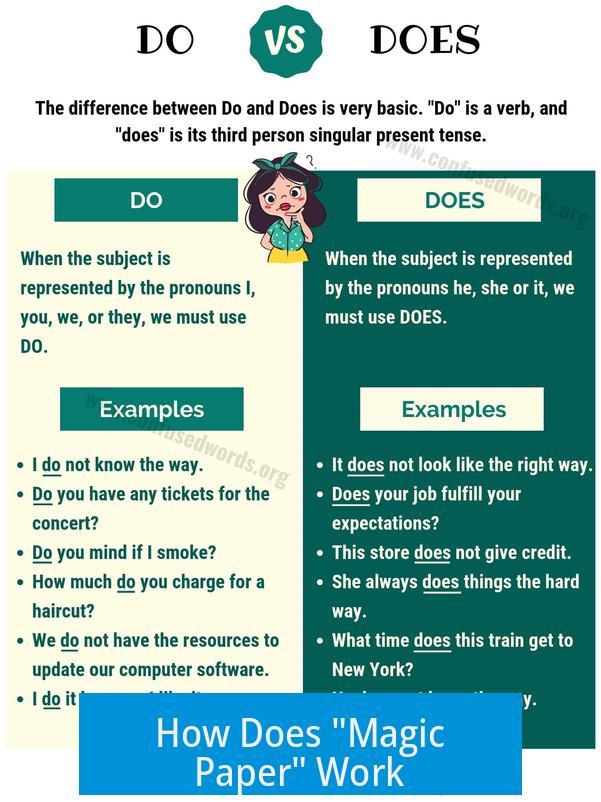
“Magic Paper” works by using a special coating or structure that changes appearance when wet. Typically, the paper has a white layer that becomes transparent once water is applied, revealing a darker underlying layer or ink. This transformation is reversible and allows images or text to appear and disappear with moisture.
Basic Mechanism
The core principle lies in layered materials. The top surface is a white or light-colored layer that hides a darker base beneath. When this surface is dry, it appears opaque. Upon wetting, water causes the white layer to turn transparent by altering its refractive properties. The dark backing then becomes visible, creating the “magical” effect of changing colors or images.
- Plastic backsheet with a dark layer underneath
- White coating on top that turns transparent when wet
- Water acts as the trigger for changing appearance
This explanation aligns with visual demonstrations where wetting the paper reveals darker areas beneath. For example, a video shows water applied on the surface making patterns visible instantaneously.
Alternative Theories
Some speculate the effect might involve water-activated ink that emerges only when damp. Others suggest chemical reactions could cause color changes. For instance:
- Ink particles embedded in the sheet become visible on wetting.
- Use of compounds like alumina plus phenolphthalein, which change color in water presence.
- Hydration-related color shifts, as seen in hydrated copper sulfate crystals.
However, these chemical explanations are less likely since the effect reverses simply by drying without residue changes.
Market Variations
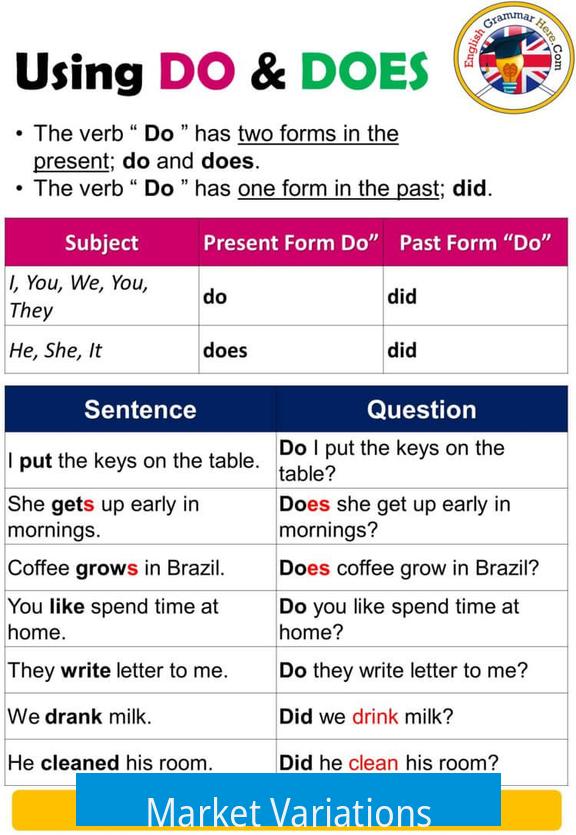
Products similar to “Magic Paper” are available commercially. They sometimes use different colors or compounds but rely on the same principle: a water-sensitive layer revealing a hidden image. For example, versions with red-colored underlayers exist, pointing to a class of materials designed for reversible moisture-based color changes.
Information Gaps
Despite interest, detailed chemical compositions remain proprietary or undocumented. Existing online resources and discussions are sparse and often outdated. The mechanism is generally agreed to involve changes in optical properties of coatings on wetting rather than complex chemical reactions. The disappearance of related web content limits the scope of authoritative explanations.
Key Takeaways
- “Magic Paper” relies on a water-triggered transparency change in a white top layer.
- Wetting reveals a dark or colored layer beneath, making images visible.
- Alternative chemical explanations exist but lack strong evidence.
- Commercial products use similar moisture-sensitive layers for reversible effects.
- Precise chemical details are scarce due to proprietary protection and limited documentation.
How Does “Magic Paper” Work? Unveiling the Mystery Behind the Magic
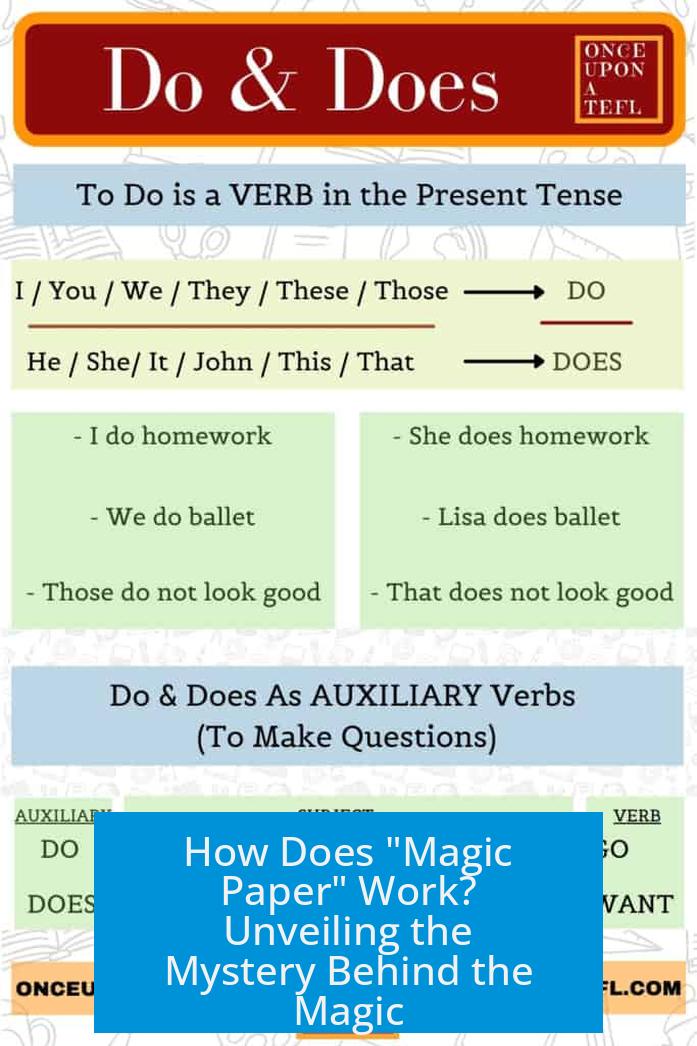
If you’ve ever seen a magician flash a sheet of paper that instantly turns dark upon a drop of water, you’re wondering about the magic behind it. How does “Magic Paper” work? The secret lies in a clever interplay of layers that change appearance when wet.
But wait, it’s not exactly pulling rabbits out of hats — the science is pretty solid once you break it down.
The Layered Trick: How Wetness Reveals Hidden Colors
Imagine Magic Paper as a sandwich with two distinct layers: a white top coat and a dark plastic backsheet. The white layer, when dry, looks opaque. But add a splash of water, and the white becomes transparent, revealing the dark layer beneath. This little color play causes the paper to suddenly appear black or to change its visible color dramatically.
“I think what happens is that there is a plastic backsheet with a dark layer, then a white layer. When wetted, the white layer becomes transparent, revealing the dark underside.”
Simply put, the water acts like a magic filter—turning the white “cloak” invisible, exposing the darker layer underneath. Changing the color of the backsheet (say, from black to red) can even alter the shade or effect, explaining the range of “Magic Paper” available, including the red version found on Amazon.
Is It Ink Activation or Chemical Reaction? Exploring Alternative Theories
While the layering theory is the most popular, some enthusiasts suggest other possibilities. One idea is that water activates hidden ink particles within the paper fibers. These particles stay invisible until a moist environment “wakes them up,” revealing color or images.
“My idea is that there is bits of an ink stick stuck between or embedded in the paper. When the water touches it, the water comes through the paper to activate the ink.”
On the other hand, chemical tricks come from the world of reactive compounds. Think of phenolphthalein mixed with alumina—the first appears white but shifts red once moist and then dries back again. Or copper sulfate crystals, which change color depending on their hydration state, might inspire similar effects.
“I made something similar once. By drying alumina onto a cloth on paper with phenolphthalein, it dried white, but any water caused the alumina base to turn the phenolphthalein red (reversibly).”
These chemical reactions offer a more complex mechanism but are likely less common in commercial Magic Paper, given manufacturing costs and safety concerns.
Magic Paper Versus Flash Paper: Not All That Glows is the Same
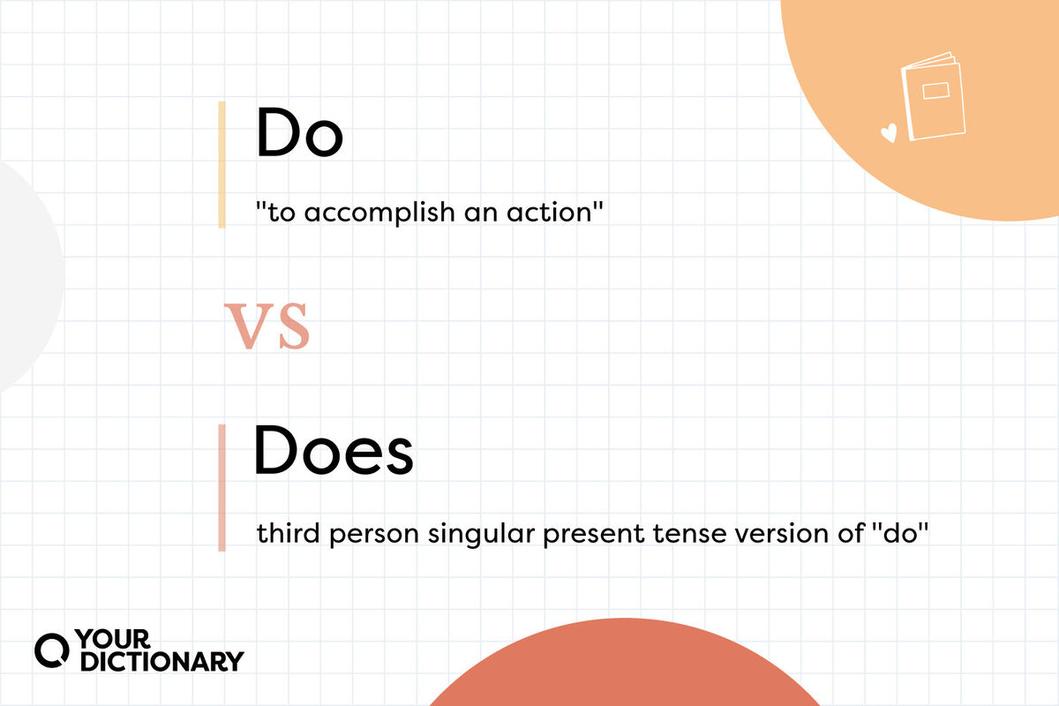
Don’t confuse Magic Paper with flash paper—another favorite in magician’s toolkits. Flash paper is a different beast altogether. It’s treated with nitrocellulose, which burns instantly in a dazzling burst of light without residue.
- Flash paper helps magicians vanish objects in a fiery puff.
- It’s used to create fireballs or sudden flashes of color changes.
- Quick to ignite and equally quick to vanish: no ash, no mess.
Magic Paper’s transformation is wet-triggered and reversible, while flash paper’s action is fiery and final. Both cause audience jaws to drop, but their modes of operation are quite different.
Practical Uses and Fun Tricks with Magic Paper
Magicians love Magic Paper because it’s like a visual surprise waiting to happen. You can reveal hidden messages, create seemingly black-outlined drawings or cause colors to appear and vanish with a simple splash.
Try this:
- Draw on Magic Paper with water instead of ink—it appears dark where wet, then evaporates back to white.
- Use it as a secret message pad that only reveals text under a damp cloth.
- Combine with flash paper in a larger magic routine for layered effects: first a wet reveal, then a fiery vanish.
It’s safe enough for home experiments but always handle with care—particularly flash paper, which is highly flammable.
Safety First: Handling Magic and Flash Paper
“Magic” doesn’t mean “risk-free.” Users should follow a few golden rules:
- Keep Magic Paper dry until use; store in a cool, dry place.
- Work in well-ventilated areas, especially if using flash paper for fire effects.
- Never leave flash paper unattended near heat or flames.
- Always have a fire extinguisher or water source handy during performances.
- Don’t hold burning flash paper too long—risk of burns is real.
- Listen to manufacturer safety instructions rigorously.
Magic Paper (water-activated) is generally lower risk, but mixing the two types without caution can turn the stage into a hazardous zone.
Why Is True Information So Elusive?
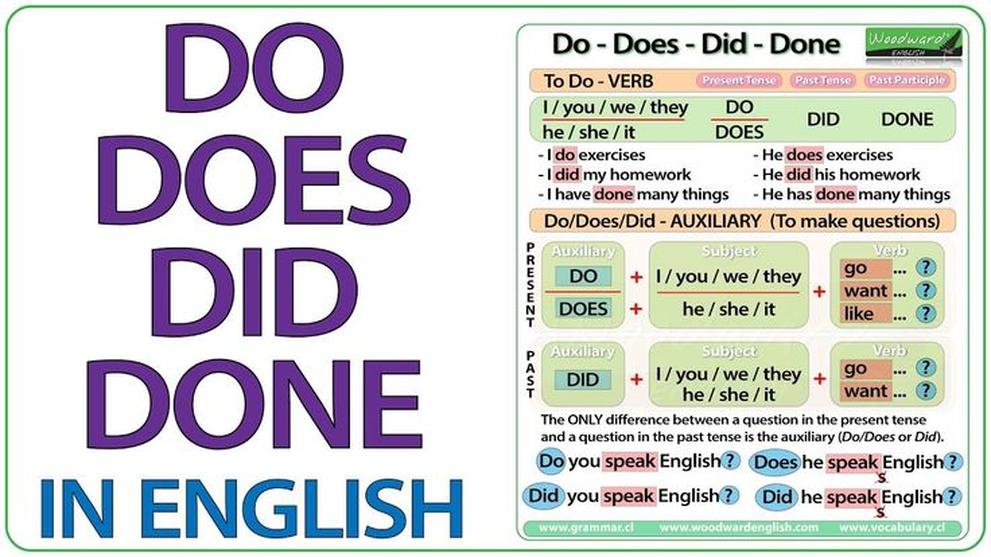
Despite its popularity, Magic Paper remains something of a minor mystery online. Most discussion threads are a decade old with broken links and sparse definitive facts. This scarcity adds allure but frustrates curious minds. Manufacturers don’t often reveal formulas, and enthusiasts tend to guard their secrets.
Still, the clues we have—layered plastics, water-reactive color changes, and chemically inspired analogies—make a strong case for the way Magic Paper truly works.
To Wet or Not to Wet: How Will You Use Magic Paper?
Understanding the science helps you respect the magical possibilities. Next time you see a watery miracle on a sheet of paper, you’ll know it’s not wizardry but clever design: water making layers reveal colors hidden beneath the surface.
Are you ready to try your hand at this? Science, art, and a splash of water make Magic Paper a perfect blend of wonder and knowledge—one drop at a time.
For further exploration, check out the classic demo video here. Witness the ‘magic’ unfold before your eyes!
How does water reveal the image on Magic Paper?
Magic Paper has a white layer that becomes transparent when wet. This lets the dark or colored layer beneath show through clearly, creating the visible image or writing.
Is there ink involved in the Magic Paper’s effect?
One idea is that ink particles are embedded in the paper. When water touches them, it activates the ink, making the image appear. However, exact ink formulas are not confirmed.
Could chemical reactions cause the Magic Paper’s color change?
Some believe compounds like alumina and phenolphthalein cause color changes with water. Another theory suggests hydration changes in materials similar to copper sulfate crystals create the effect.
Are there different types or colors of Magic Paper?
Yes, there are market variants including a red version. These likely use related chemical compounds or layers but specifics are scarce.
Why is it hard to find detailed info on how Magic Paper works?
Information is limited, and many original sources are offline. Most explanations remain hypotheses, relying on observable effects rather than confirmed formulas.


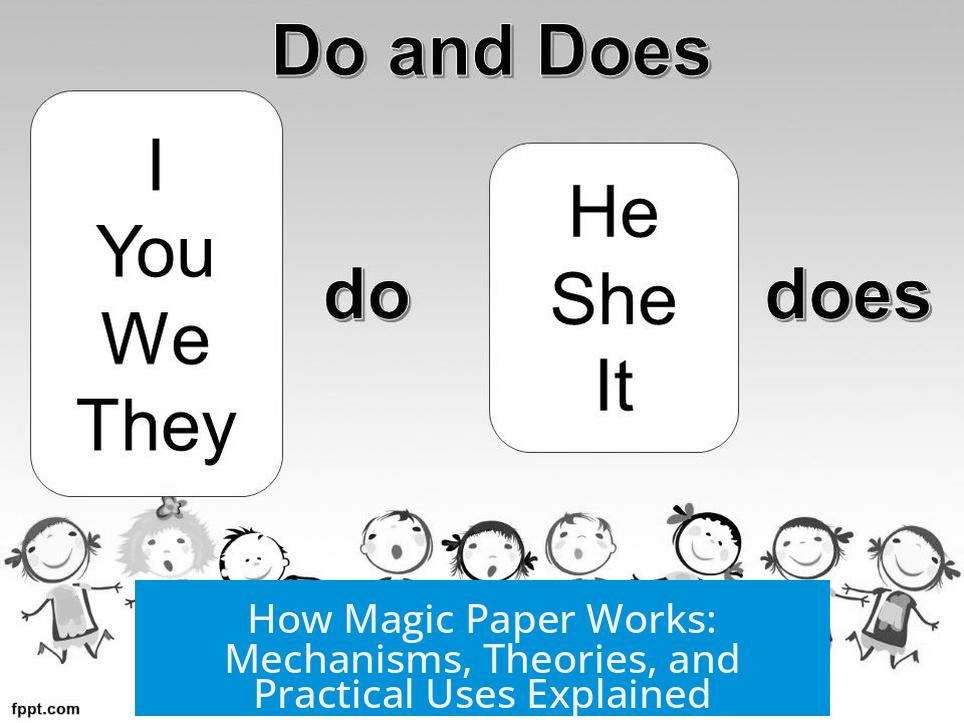
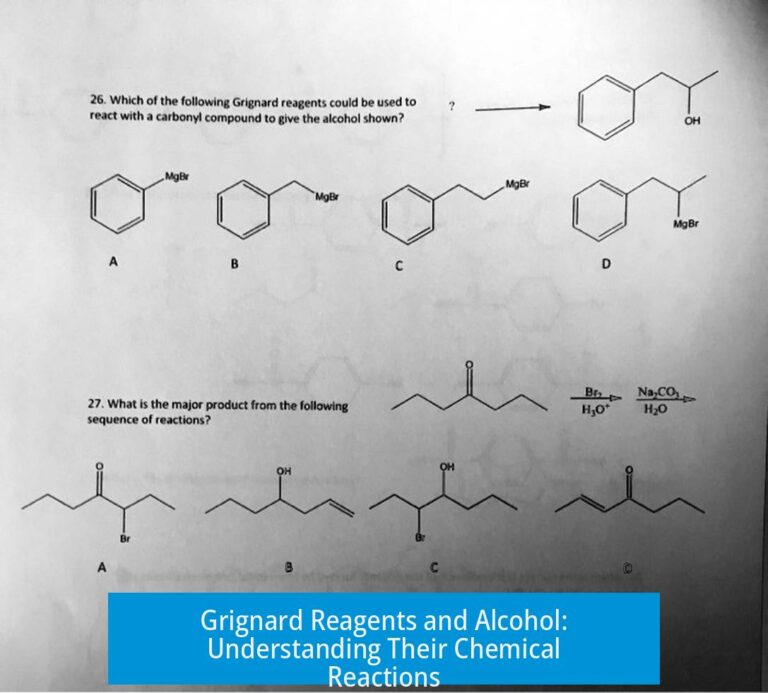
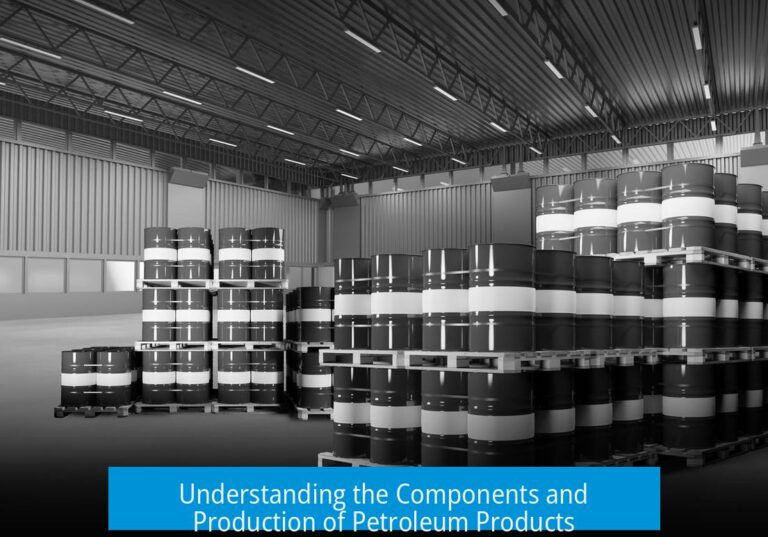
Leave a Comment